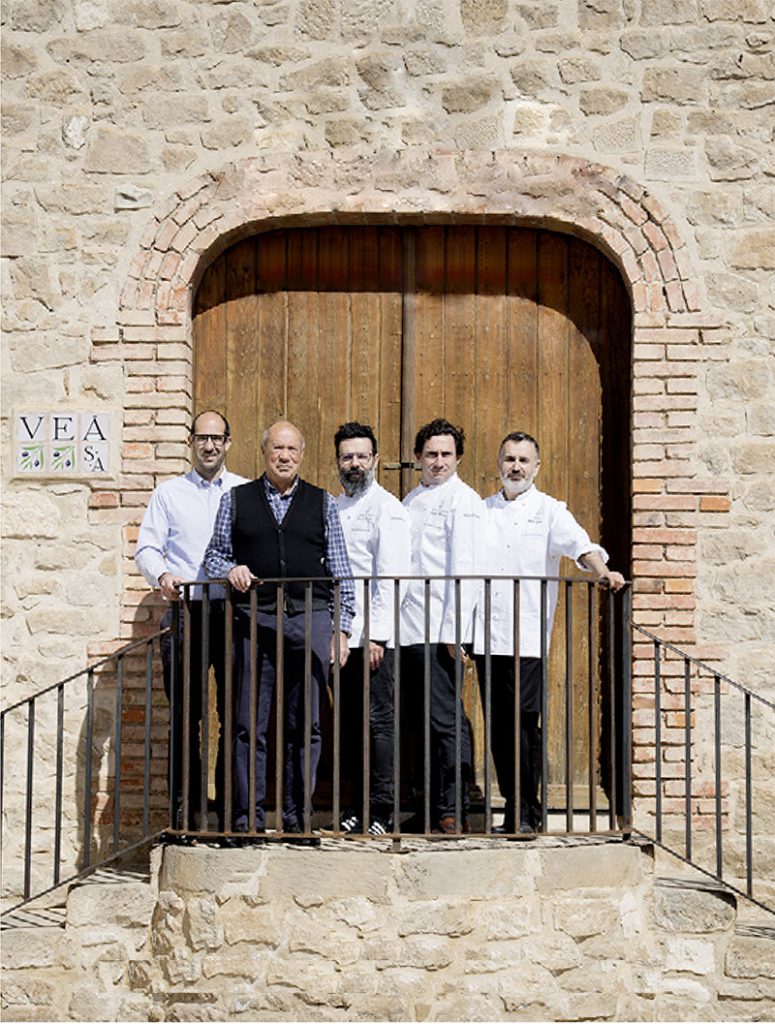It is therefore quite natural that Jordi Tugues, friend and neighbor of Veá, invited his brothers Miguel Moreno & Daniel Álvarez to visit this mill in
Sarroca de Lleida, Catalonia, where it was a question of patisserie, taste and olive oil. Because olive oil is historically present in Spanish patisserie.
Patisserie & olive oil
It was the Muslims who after 700 AD introduced gateaux based on semolina, olive oil and honey. They also began to cultivate almonds. Lard is also used in the preparation of typical Mallorcan viennoiserie pastry, such as the enseimada. This use spread from Baléares to Madrid via Séville, giving its texture and its crunch to the flake pastry. Butter dethroned olive oil to give this little extra taste … especially for the “French” style patisserie.
In Spain, just as in Italy or in the south of France, a lot of pasta is fried in oil, ”recalls Miguel Moreno. Heat extracted ordinary olive oil is used for frying especially for churros, torrijas or xuxos, the types of donuts associated with popular feasts.The softer, more delicate and cold-extracted olive oils are used in cake dough such as in Jacob Torreblanca’s irresistible shared brioche.
The Spanish Proust Madeleine
“At home, our snack or merienda consisted of a slice of hot toasted bread sprinkled with olive oil and covered with a square of chopped chocolate sprinkled with fleur de sel,” remember Jordi Tugues and Miguel Moreno
.For the traditional madelenas, something between a madeleine and muffin, Daniel Álvarez uses the recipe for his father’s olive oil that we find today in his shop in Elche near Alicante. “Olive oil gives a little more taste and on a technical level, it brings softness to the gateaux and preserves the humidity. »
A whole range of flavours
As a connoisseur, Gerard Veá talks about his inclination for round oils, especially those from purple picked olives. The fashion is for green oils with herbaceous and pungent flavours. Available shortly after the harvest from October to December, they are said to be “early flavours” like peas, he explains. “The cold extraction of olives at the beginning of the season provides less density and complexity, but produces impressive oils, very green with a lot of freshness and spiciness. Olive oil from ancient trees develop rounder aromas in the mouth, just like a structured wine, one could say. Just like with wine, the variety of the fruit and its culture are decisive. However, the comparison stops there, because if for the wine, vinification is key, after the extraction of oil no manipulation will improve it.
Apart from the products that it produces, reveals, softens or extrudes, such as patisserie…

Information from Desserts Magazine n°20
